Safety First: Ensuring Secure Operation of Your Electric Water Heater
Ensuring Secure Operation of Your Electric Water Heater When it comes to home appliances, safety is paramount, and electric water heaters are no exception. Ensuring the secure operation of your water heater is not only crucial for the well-being of your household but also for the longevity and efficiency of the appliance. In this guide, we delve into key safety considerations to help homeowners maintain a secure and worry-free operation of their electric water heaters.
Ensuring Secure Operation of Your Electric Water Heater
1. Adequate Ventilation for Gas Heaters
If your electric water heater is a hybrid model that incorporates gas for heating, adequate ventilation is essential. Proper venting ensures the safe release of combustion byproducts, such as carbon monoxide. Regularly inspect vents for blockages or obstructions and ensure that they comply with safety standards. Carbon monoxide detectors in the vicinity add an extra layer of safety.
2. Temperature Controls and Pressure Relief Valves
Electric water heaters should be equipped with temperature controls and pressure relief valves. These safety features prevent water temperature from reaching dangerous levels and release excess pressure, respectively. Regularly check and test these components to ensure they are functioning correctly. If you notice any irregularities, consult a professional for prompt repairs.
3. Proper Installation by Certified Plumbers
Safe operation begins with proper installation. Ensure your electric water heater is installed by certified plumbers who follow manufacturer guidelines and local building codes. Professional installation not only guarantees proper functioning but also reduces the risk of safety hazards associated with incorrect setups.
4. Routine Maintenance for Long-Term Safety
Routine maintenance is a cornerstone of safe electric water heater operation. Regularly flush the tank to remove sediment buildup, inspect electrical components for wear or damage, and check for leaks. Follow the manufacturer’s maintenance guidelines and schedule professional inspections annually to identify and address potential safety issues.
5. Secure Location Away from Combustibles
Position your electric water heater in a secure location away from combustible materials. Ensure that there is ample clearance around the unit to prevent overheating. Avoid storing flammable items near the heater, and maintain a clutter-free space to facilitate proper ventilation and reduce fire risks.
6. Insulation and Safety Measures for Tank Units
For electric water heaters with storage tanks, insulation is a key safety measure. Adequate insulation prevents the exterior of the tank from becoming excessively hot, reducing the risk of accidental burns. Insulation jackets designed for water heaters are available and can be added to enhance safety.
7. Regular Checks for Leaks and Drips
Water leaks and drips can lead to various safety issues, including electrical malfunctions and structural damage. Regularly check for signs of leaks around the base of the water heater and promptly address any issues. Leaks should be investigated and repaired by a qualified professional to ensure the safety of the appliance.
8. Overload Protection for Electrical Safety
Electric water heaters rely on electrical components for heating. Overload protection, such as circuit breakers and fuses, is crucial for electrical safety. Ensure that the electrical system supporting your water heater is equipped with the appropriate overload protection measures to prevent electrical hazards.
Conclusion
Prioritizing safety in the operation of your electric water heater is a responsibility that goes hand in hand with home ownership. From proper installation and routine maintenance to temperature controls and secure locations, each safety measure contributes to the secure and reliable operation of your water heating appliance. By adopting these practices, homeowners can enjoy the convenience of hot water while keeping safety at the forefront.
Prioritizing safety in the operation of your electric water heater is a responsibility that comes with home ownership. From proper installation and routine maintenance to temperature controls and secure locations, each safety measure contributes to the secure and reliable operation of your water heating appliance. By adopting these practices, homeowners can enjoy the convenience of hot water while keeping safety at the forefront. Here’s a guide to safety considerations for electric water heaters:
- Proper Installation: Ensure that your electric water heater is installed correctly by a qualified professional. Proper installation includes compliance with local building codes and safety standards. A correctly installed water heater minimizes the risk of leaks, electrical issues, and other potential hazards.
- Routine Maintenance: Regular maintenance is essential for the safe and efficient operation of your electric water heater. Follow the manufacturer’s guidelines for maintenance tasks, which may include flushing the tank to remove sediment, checking and replacing anode rods, and inspecting for any signs of wear or damage.
- Temperature Controls: Set the water heater’s thermostat to a safe and comfortable temperature. The recommended temperature is typically around 120 degrees Fahrenheit (49 degrees Celsius) to prevent scalding and reduce the risk of bacteria growth. Avoid setting the temperature too high, as this can pose safety risks.
- Pressure Relief Valve: The pressure relief valve is a critical safety feature. Test the valve periodically to ensure it functions properly. If the valve doesn’t release water during testing, or if you notice any leaks, it may need replacement. The pressure relief valve is designed to release excess pressure and prevent tank rupture.
- Secure Location: Install the water heater in a secure and well-ventilated location. Keep the area around the water heater free from flammable materials, and ensure there is adequate clearance for proper ventilation. If the water heater is located in a confined space, such as a closet, follow ventilation requirements to prevent the accumulation of combustible gases.
- Electrical Safety: If your electric water heater is powered by electricity, ensure that the electrical components are in good condition. Check for any exposed wires, frayed insulation, or signs of electrical issues. If you observe any problems, contact a qualified electrician for repairs.
- Insulation and Burn Prevention: Insulate hot water pipes to reduce heat loss and prevent accidental burns. Additionally, consider installing anti-scald devices or mixing valves to regulate water temperature and prevent excessively hot water at faucets and showers.
- Gas Water Heater Ventilation: If you have a gas-powered water heater, proper ventilation is crucial. Ensure that the venting system is in good condition and free from obstructions. Carbon monoxide detectors should also be installed near the water heater and in living spaces to alert you to any potential gas leaks.
- Emergency Shut-Off: Familiarize yourself with the location of the emergency shut-off valve for your water heater. In the event of a malfunction or emergency, you can quickly turn off the water heater to prevent further issues.
By adhering to these safety considerations, homeowners can create a secure environment for the operation of their electric water heaters. Regular maintenance, proper installation, and attention to safety features contribute to the reliable and safe functioning of the appliance. If you have specific safety-related questions or need further guidance, feel free to ask!

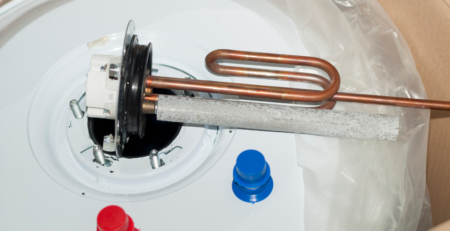
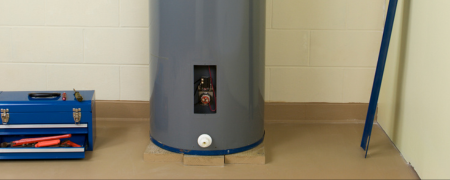
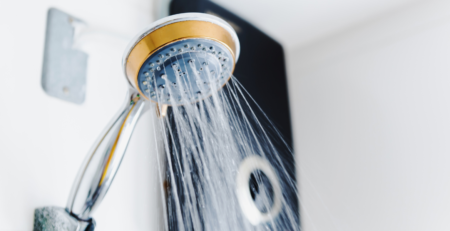
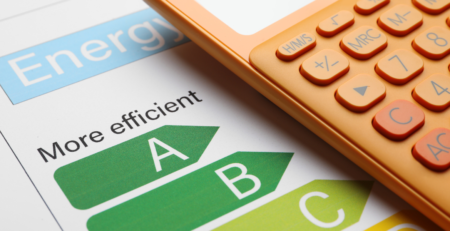
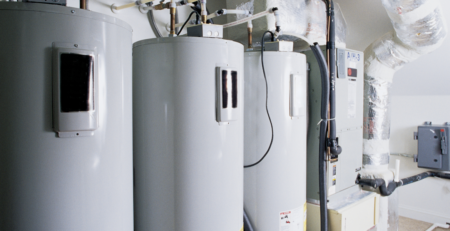
Leave a Reply